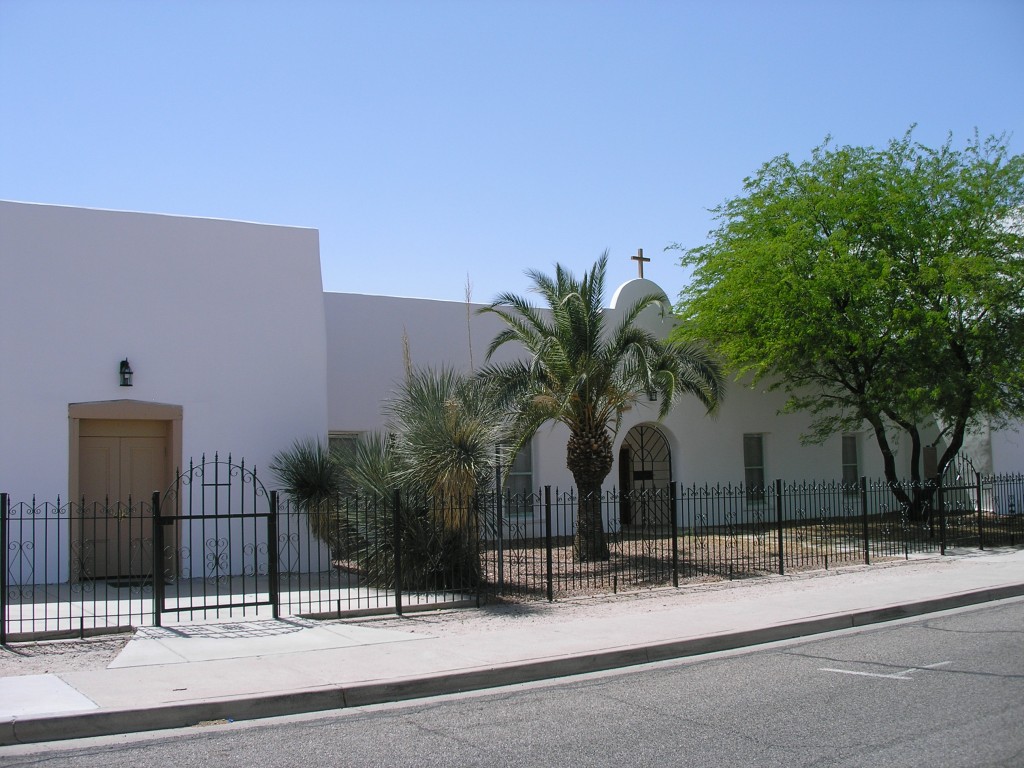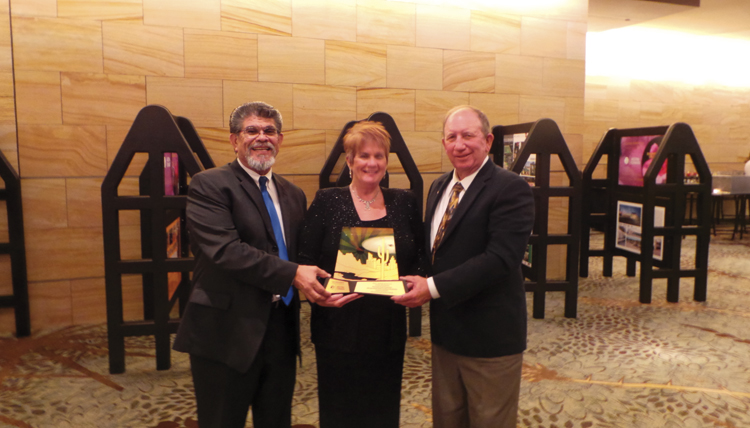 Chino Valley Historical Society President Kay Lauster, center, describes the Del Rio Ranch, the first site of Fort Whipple in 1863, this past Wednesday to Bryan Martyn, executive director of the Arizona State Parks, left, and three other historical society members. Not pictured are Paul Aslanian, ranch property manager, Chino Valley Mayor Chris Marley and Supervisor Craig Brown. Martyn is on a statewide Preservation Series Tour.
Chino Valley Historical Society President Kay Lauster, center, describes the Del Rio Ranch, the first site of Fort Whipple in 1863, this past Wednesday to Bryan Martyn, executive director of the Arizona State Parks, left, and three other historical society members. Not pictured are Paul Aslanian, ranch property manager, Chino Valley Mayor Chris Marley and Supervisor Craig Brown. Martyn is on a statewide Preservation Series Tour.
[Source:Salina Sialega, Chino Valley Review] – “Do the math” is the message Bryan Martyn, Arizona State Parks Executive Director, passed on to seven people he met with this past Wednesday at the Del Rio Springs historical marker on Highway 89 north of ChinoValley. Part of the group continued on with Martyn a quarter of a mile to the Del Rio Ranch, near the site indicated on the marker. The visit lasted about an hour.
“We math everything,” Martyn told the group, consisting of four Chino Valley Historical Society members, Chino Mayor Chris Marley, ranch property manager Paul Aslanlian and Supervisor Craig Brown. “With historical property, it’s the business end of the deal.”
The group questioned Martyn about the idea of creating a state park at the ranch, the first site of FortWhipple in 1863. The Historical Society paid tribute to the arrival of Governor John Goodwin’s party to the fort in 1984 with a celebration at the ranch on Jan. 22. Martyn said it’s a great piece property, but his office has all the property it needs, adding that operations and maintenance quickly eat up money for such historical parks. He also said most people using state parks prefer campground facilities, and especially facilities with trees. Del Rio Ranch has a few trees, and someone in the group commented that more trees could be planted.
Aslanian described to Martyn the ranch’s water rights on the creek, which he said was the second oldest water right filed in Arizona. Aslanian, along with Brown and historical society members, told Martyn about many of the ranch’s historial features, including the county’s oldest cemetery at the ranch, a water tank used by the Sante Fe railroad, the Harvey House farming and care of mules used at the Grand Canyon and more. They toured the ranch’s mule barn, dairy building, and quartermaster’s house at the ranch.
Aslanian said what he pictures at the ranch is a tourist spot featuring a restaurant and weekend historical re-enactments and other activities.”It sounds like great potential here,” Martyn said. “There’s nothing in this world that is free.” He cautioned that his agency doesn’t do city parks.
Martyn discussed Heritage grants with the group, especially smaller projects costing $20,000-$40,000. Martyn encouraged the historical society members and local officials to “stay passionate and keep driving at it.”
Martyn is traveling around the state on what he calls a Preservation Tour with a three-part message: to thank rural Arizona for state parks and protect those resources, to examine public access to state land but not at the expense of the resources, and to show that parks are an economic driver for rural Arizona.



You must be logged in to post a comment.